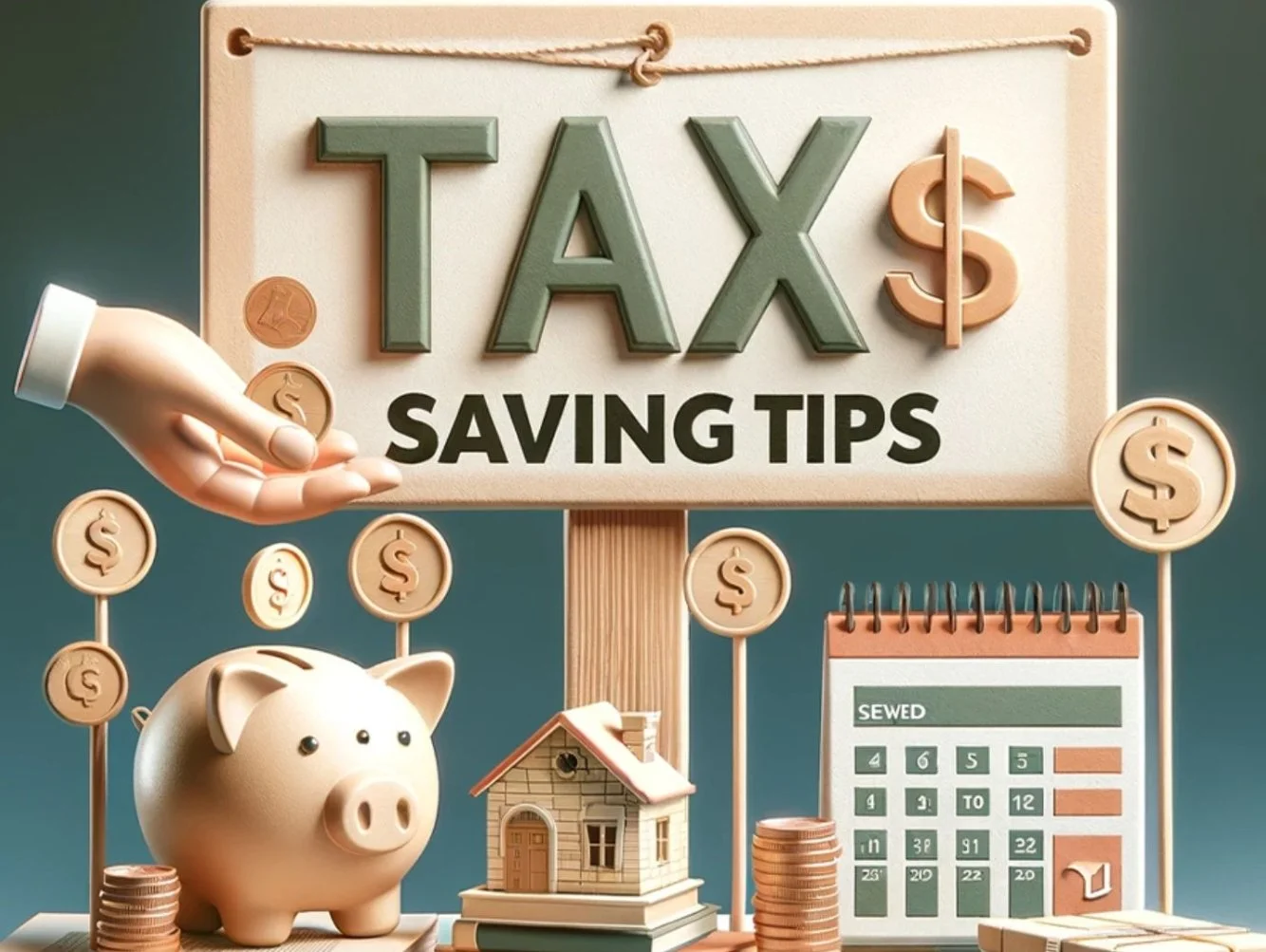5 Allowance basics you need to know.
Tax Savings Tips
Personal Allowance
Personal allowance is the threshold a person can earn before they’re liable for Income Tax.
In the UK, this is £12,570 for the 2025/26 tax year. The rate of tax you pay after this varies depending on whether you're in England & Wales, Scotland or Northern Ireland.
Dividend Allowance
Those with shares or ownership of companies can draw on the "Dividend Allowance”. Currently set at £500 for 2025/26, this has been significantly reduced in recent years.
The amount of tax you pay on dividends depends on your income, with basic rates ranging from 8.75% to 39.35%.
Personal Savings Allowance
Personal savings allowance is used on the interest you accrue on the savings & bonds you hold outside ISAs. Allowance rates vary depending on the rate of tax you pay, starting at £1,000 for basic rate taxpayers, down to £0 for additional rate taxpayers.
Marriage Allowance
When married, spouses can transfer up to £1,260 of tax allowance between each other. This allows a non-taxpaying spouse or civil partner to part of their Personal Allowance, the amount can vary depending on the Income and rate of tax of each person. This can save up to £252 per year in tax.
Capital Gains Tax (CGT) Annual Exempt Amount
CGT Annual exempt amount allows tax-free gains from selling assets such as shares, property that is not your main home. The current rate for 2025/26 is £3,000 per individual. The rates vary, dependent on the rate of tax from 10% for basic rate taxpayers to 28% for residential property gains.
When tax planning, it’s crucial to engage with tax advice to make sure you don’t fall into any pitfalls or miss any tax savings.
If you’re unsure about what you can claim or are uncertain about how to claim it, reach out to us at Taylor & Associates for commitment-free consultation today.

